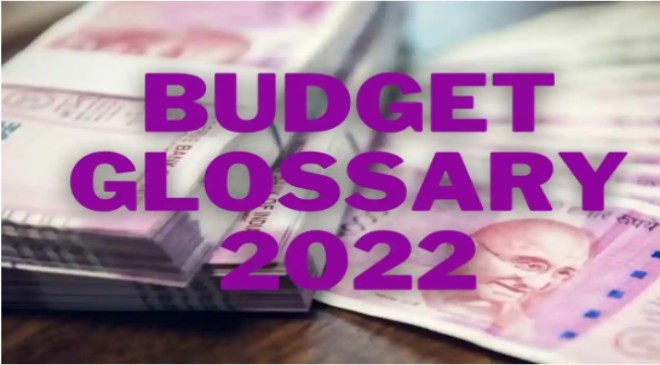The Budget 2022-23 will be presented on 1 February during the first half of Parliament’s Budget Session, which usually begins in the last week of January every year. This will be Sitharaman’s fourth budget of Modi 2.0 government.
New Delhi: The countdown for Budget 2022-23 has started and like every year and the aam aadmi, industries and the market are hoping that big announcements will come out of Finance Minister Nirmala Sitharaman’s kitty. For the unversed, the Budget 2022-23 will be presented on 1 February during the first half of Parliament’s Budget Session, which usually begins in the last week of January every year. This will be Sitharaman’s fourth budget of Modi 2.0 government.
While making key announcements, Sitharaman will surely talk about financial indicators like fiscal deficit, primary deficit, Corporate Tax, cess and more. Understanding these terms is crucial for interpreting the government’s expenditure plans for the next financial year commencing on April 1, 2022. So here we have decoded the most-used terms that FM might use during the presentation of Budget 2022-23:
- Gross Domestic Product (GDP): Gross domestic product (GDP) is a monetary measure of the market value of all the final goods and services produced in a specific time period. GDP is the sum of the market values, or prices, of all final goods and services produced in an economy during a period of time.
- Fiscal Deficit: The condition when the government’s total income (total taxes and non-debt capital receipts) exceeds its revenue in a year. It is calculated both in absolute terms and as a percentage of the country’s gross domestic product (GDP)
- Primary Deficit: The difference between the current year’s fiscal deficit and interest payment on previous borrowings is known as Primary Deficit. Primary deficit = Gross fiscal deficit – Interest liability.
- Budget Estimates: The funds allocated for various jobs and activities and ministries for the coming financial year are called Budget estimates.
- Cess: Commonly it is referred to as a tax on tax. A form of tax charged/levied over and above the base tax liability of a taxpayer is termed as Cess.
- Corporate Tax: Direct tax imposed by a jurisdiction on the income or capital of corporations or analogous legal entities is Corporate Tax.
- Repo Rate: The rate at which Reserve Bank of India (RBI) lends money to banks is called Repo Rate.
- Minimum Alternative Tax (MAT): When a company has to pay a minimum amount of tax to the government, even if it is under zero tax limits, then that amount is called MAT.
- AD-VALOREM DUTIES: A Latin word that means “according to value”. This word is when it refers to a kind of tax that is similar to that of VAT that is calculated according to the value of the goods.
- Annual Financial Statement: A statement that will include the income and expenses of the country for that particular financial year. It is presented by the government to the Parliament. Consolidated Fund, Contingency Fund and Public Account are the three parts in it.
This year’s Budget would come against the backdrop of gradual recovery taking place in the Indian economy hit by the COVID-19 pandemic. The growth this fiscal year is expected to be double-digit. The RBI in its latest bi-monthly monetary policy review pegged a GDP growth of 9.5 per cent in 2021-22. The government also projected a fiscal deficit of 6.8 per cent of the gross domestic product (GDP).



































